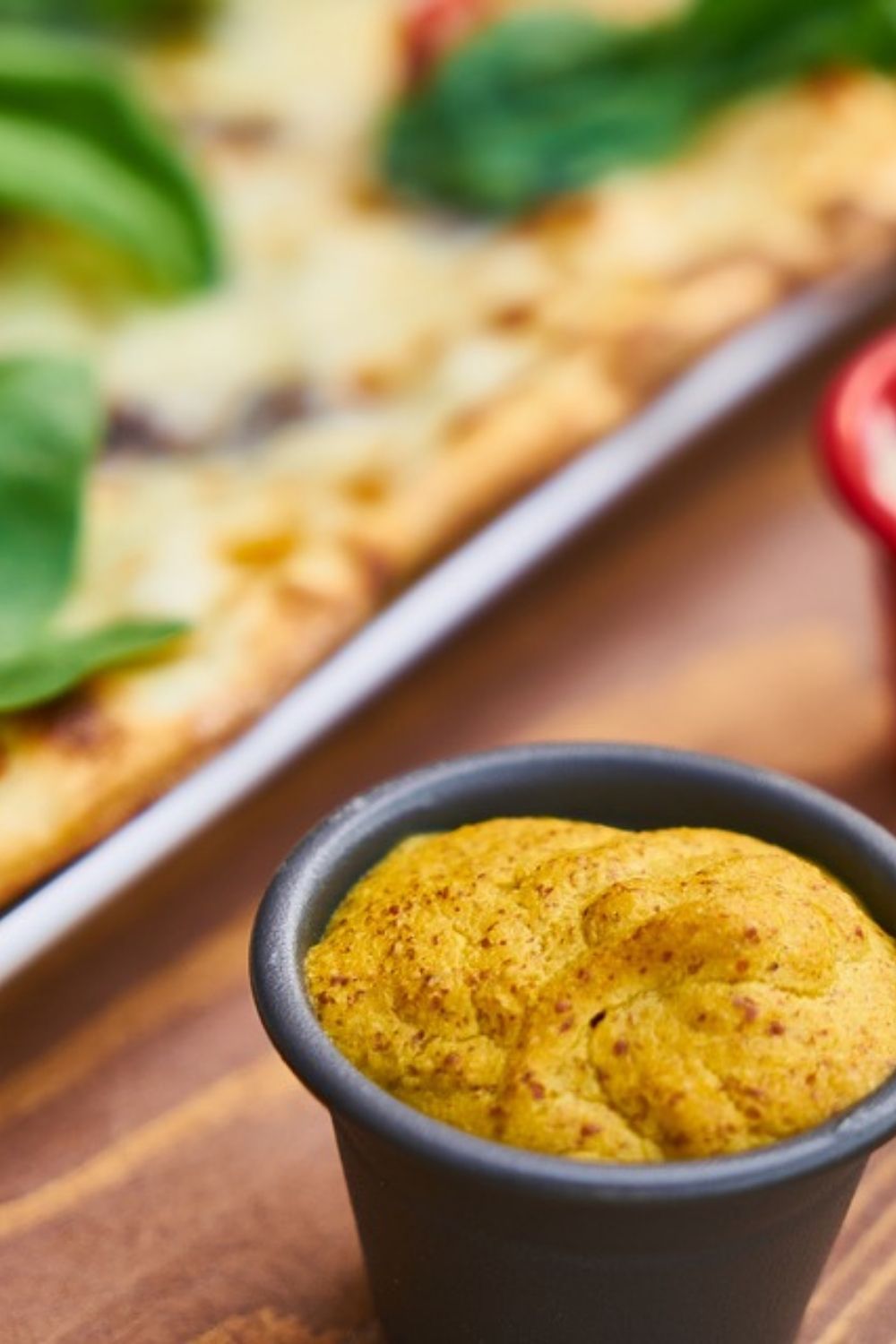Beans, and baked beans in particular, have been a staple throughout New England since the time of the Pilgrims, not to mention in the rest of the colonies and the world beyond. In Tuscany, they eat fagioli al fiasco; in Languedoc, it’s cassoulet; in Portugal and its former colonies, feijoada. And yet, somehow, Boston got singled out with the nickname “Beantown”* for its love of the local version of the dish. (Although, to be fair, one Italian nickname for a Tuscan is mangiafagioli, or “bean-eater,” so there’s that.) A name that no true Bostonian would ever self-apply.
What are Boston baked beans? The short answer is that they’re small white beans (usually navy beans), slow-cooked in an oven, hearth, or ember-filled hole in the ground with molasses, salt pork, black pepper, and maybe a touch of mustard and onion until they form a thick stew, rich with a deep color and caramelized crust. Those are the ingredients my 1939 copy of The New England Yankee Cookbook calls for; it’s what my 1914 copy of Household Discoveries & Mrs. Curtis’s Cook Book describes; and it’s what The Fannie Farmer Cookbook instructs as well (along with adding a couple of tablespoons of sugar).





